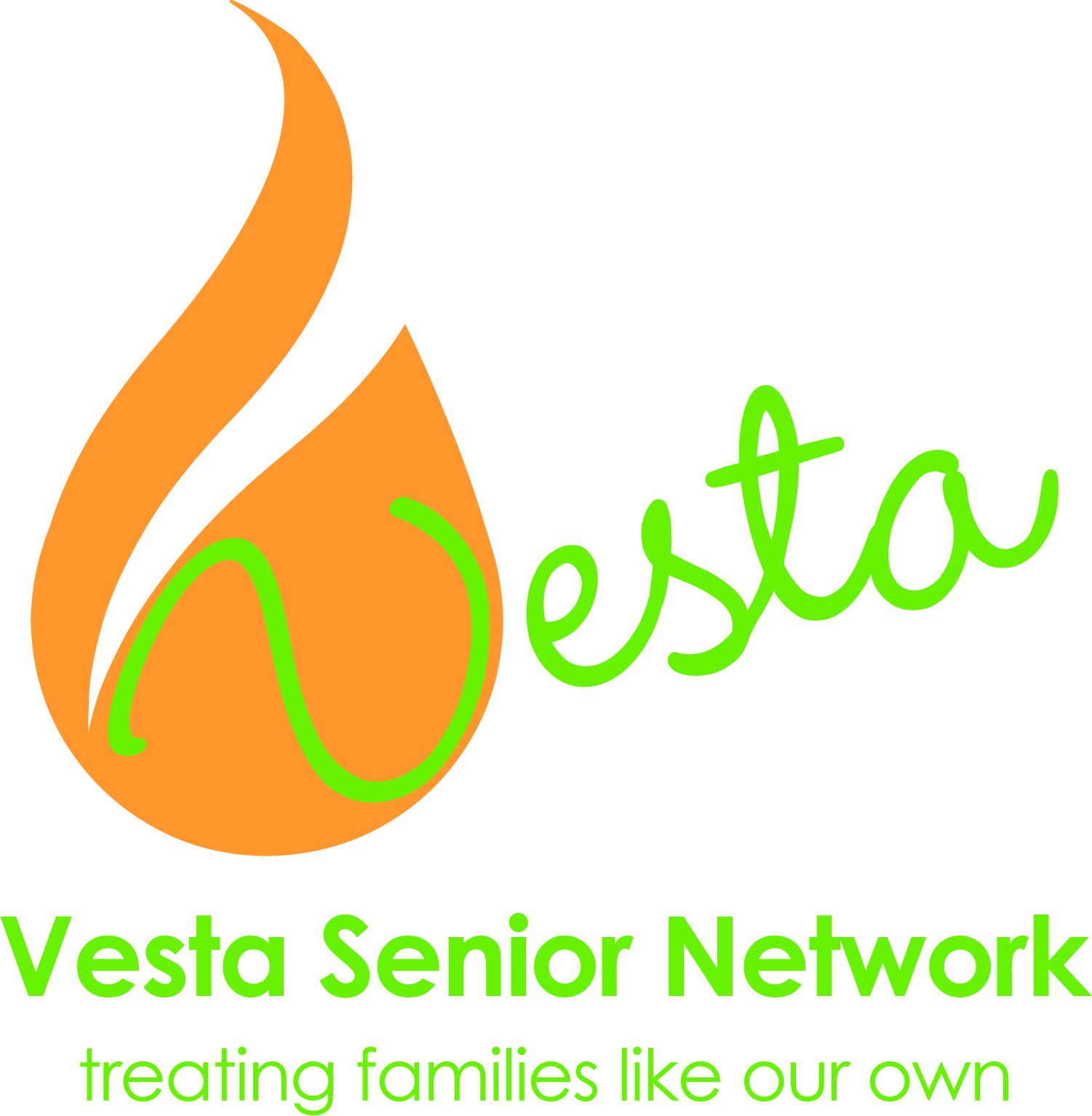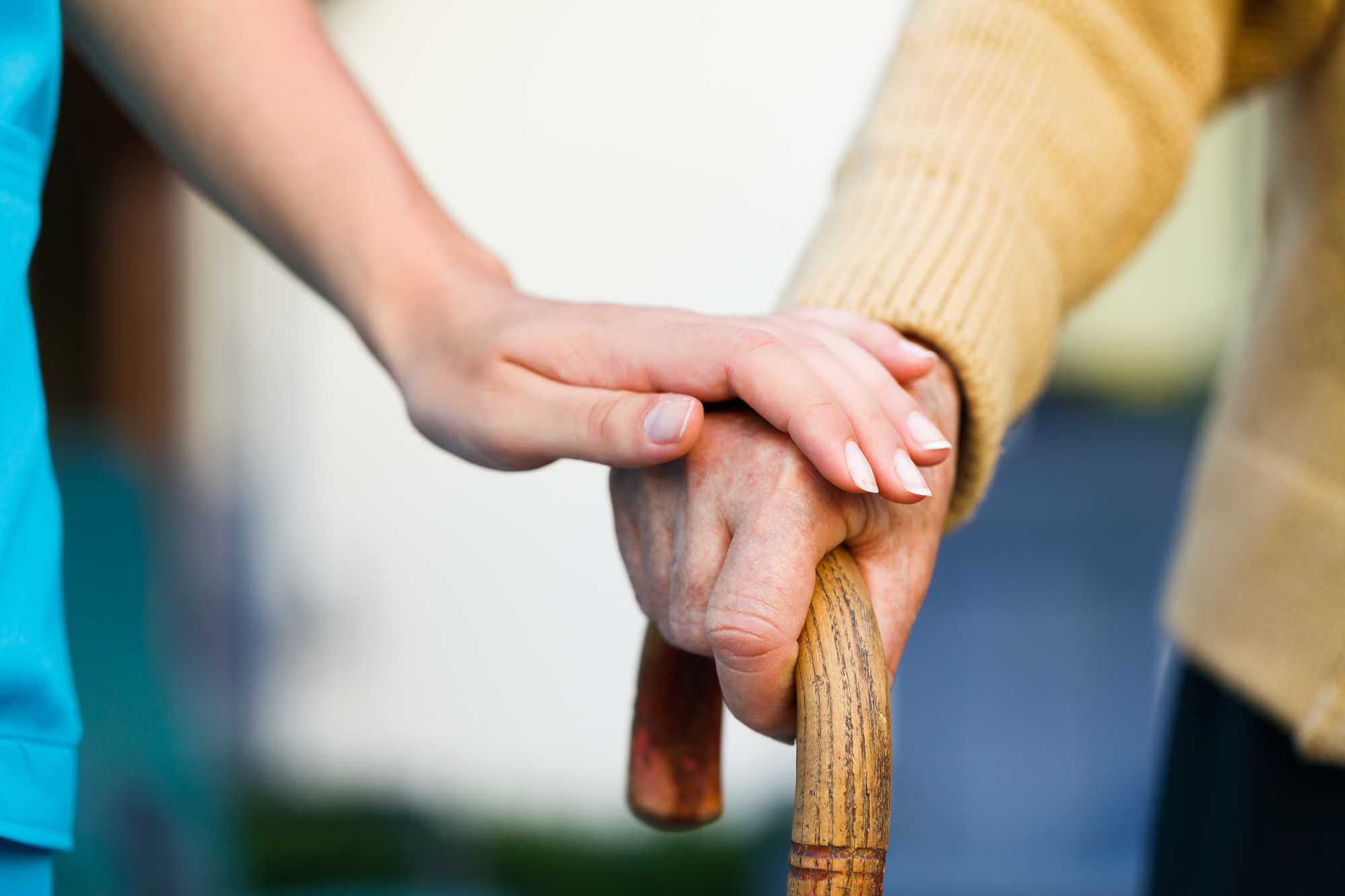When you hear the word “nursing home,” what images do you conjure up? I go right to my first experience with a nursing home in Truman, MN where my Great Grandma Emma lived her last days. It was the 70’s, I don’t think I was yet a decade old, and Grandma Emma was well into her ‘90’s. To this day, we drive by the facility when we go to visit family, and I remember visiting my grandma there. Sometimes she was in a wheelchair, other times she was lying in bed. Either way, she had a crocheted afghan across her legs to keep her warm. I also remember sitting with her the last time in her home, after she had a stroke, and she knew she couldn’t stay there anymore. I remember her sitting next to the stove that helped to heat her house, and she patted that stove as she said in a very broken voice, “I love my house. I love my stove.” To this day, I have yet to meet anyone who had their bags packed and were ready to move from their homes.
Fast forward 20 years to my next experience in a nursing home. This time it was my Grandma Effie, or Gram. She had Alzheimer’s and could no longer be left alone. Although she lived with my aunt, my aunt worked, and it just wasn’t safe. Gram had diabetes. We could never be sure if she took her insulin, how often she took her insulin, whether she had eaten the lunch Meals on Wheels had provided, or if she had shared it with Dinky, the dog. Interestingly, in 20 years’ time, not much had changed. Gram was in her early ‘80’s, could walk, could dress herself in her signature sweats, and was what I like to call “pleasantly confused,” at least for a while. My Gram’s needs were different than my Grandma Emma’s, but the facility, despite being 500 miles from Truman, MN, and 20 years later, was not all that different. My Gram was on Title XIX, or Medicaid, so she often had a roommate. Sometimes she got along with her, other times she didn’t. Sometimes she thought her things were being stolen, but perhaps the reality was she just didn’t know where she had put them. There was a big “activity” area where they would line up all the wheelchairs and gather those who could get there on their own for entertainment, crafts, and a lot of times simply so that the staff knew where everyone was and what they were doing.
Will Medicaid Pay For Assisted Living?
Thankfully, the last 20 years has made a difference in the world of long-term care, at least in Wisconsin, where my expertise lies. According to US News and World Report, Wisconsin is ranked 6th in the country for how well we take care of our elders! Twenty years ago, our only choices for our loved ones needing care that couldn’t be provided at home were nursing homes. Now, Wisconsin creatively uses part of the Medicaid budget to pay for people to stay in Assisted Living when they outlive their assets or run out of money. Assisted Living provides a far more home like environment and allows people to maintain as much independence as possible.
Who is Assisted Living For?
For many, and I dare say “most,” older adults, a nursing home or a SNF (skilled nursing facility), is overkill. Skilled nursing is designed, particularly today, to manage medical needs and individuals with very high care needs. Gram was medically stable, as are so many of our older adults, and really only needed personal care, not skilled care. What’s the difference? Well, personal care is help with the “Activities of Daily Living,” ADL’s, and those activities are things like cooking, housekeeping, bathing, dressing, and grooming. Those activities don’t require the “skill” of a nurse, and can be performed very well and very safely by trained caregivers. For this reason, the cost of assisted living care can be half of the cost of a skilled nursing facility. In 2017 Wisconsin dollars, that could mean $5-6,000/month, rather than $10-12,000/month. This is not only a huge savings for a family or the state who may ultimately have to cover the cost, but it also helps someone to be in a more home-like, far less institutional environment, yet still get the care he or she needs. I was just with a family who will be moving Mom to an assisted living community next week. When they finally made their decision and realized what they were going to be able to provide for their mom, the daughter said, “I don’t have to feel guilty about bringing Mom to this place. It really feels like home.”
So often, when we are working with older adults, we ask them what their vision of long-term care is. We frequently hear “The fox farm (where old horses go to die)!” “That’s expensive!” “One foot in the grave!” We take these comments as a challenge and an opportunity to help people to understand what long-term care really is like today. When we hear these things, we know that these individuals have likely not seen an assisted living community and only have memories as I have of the nursing homes my grandmas passed in. We are so fortunate to have so many great alternatives. With the “graying of our population,” comes a lot of opportunity for us to create true homes for our elders where they can get the care they need, be safe, be happy, and live their golden years.
Pam Foti, Co-Owner and Elder Care Consultant

